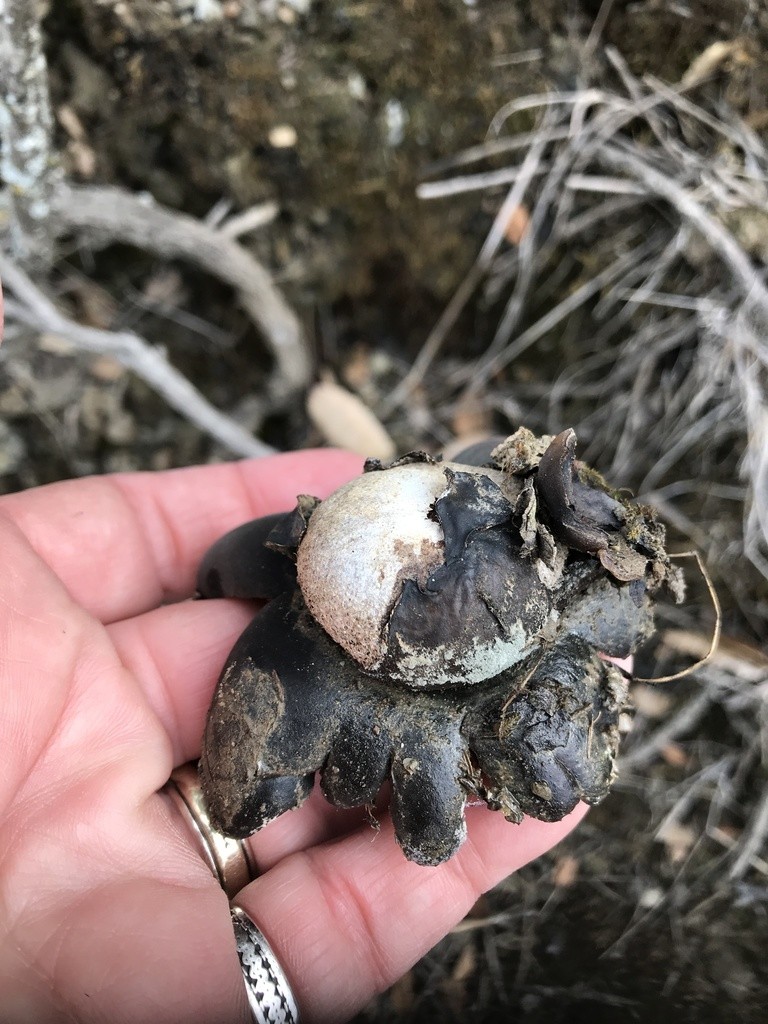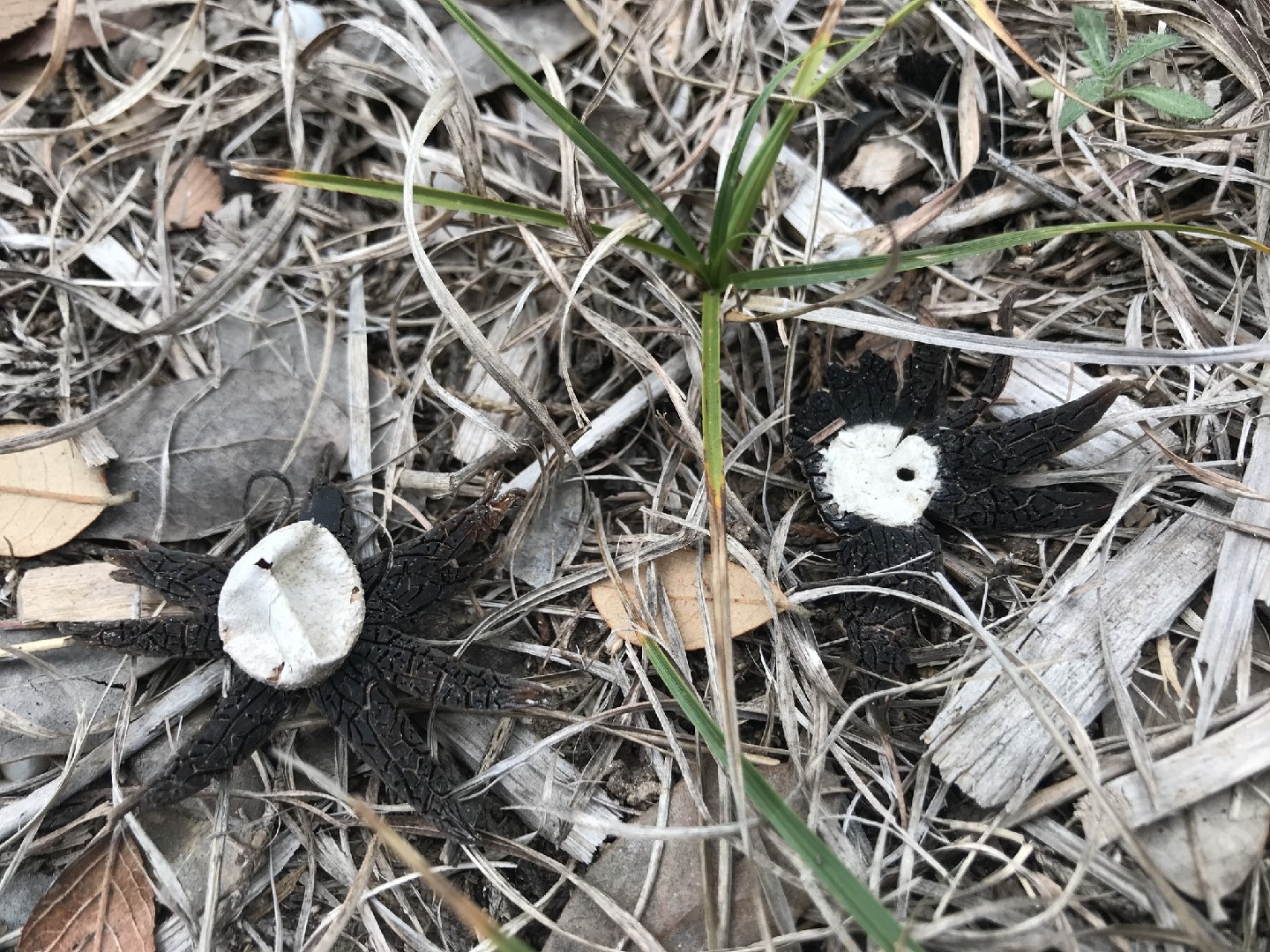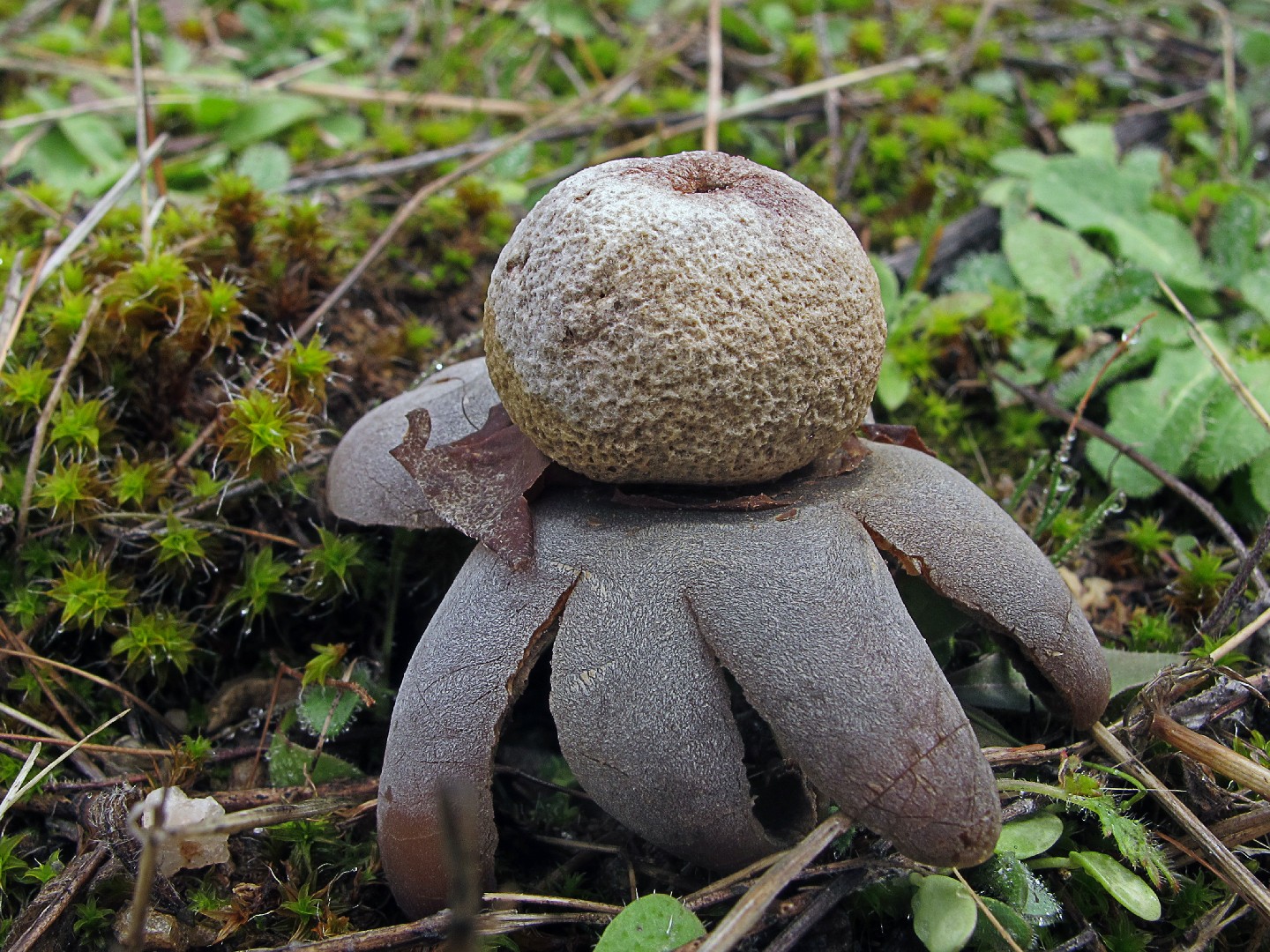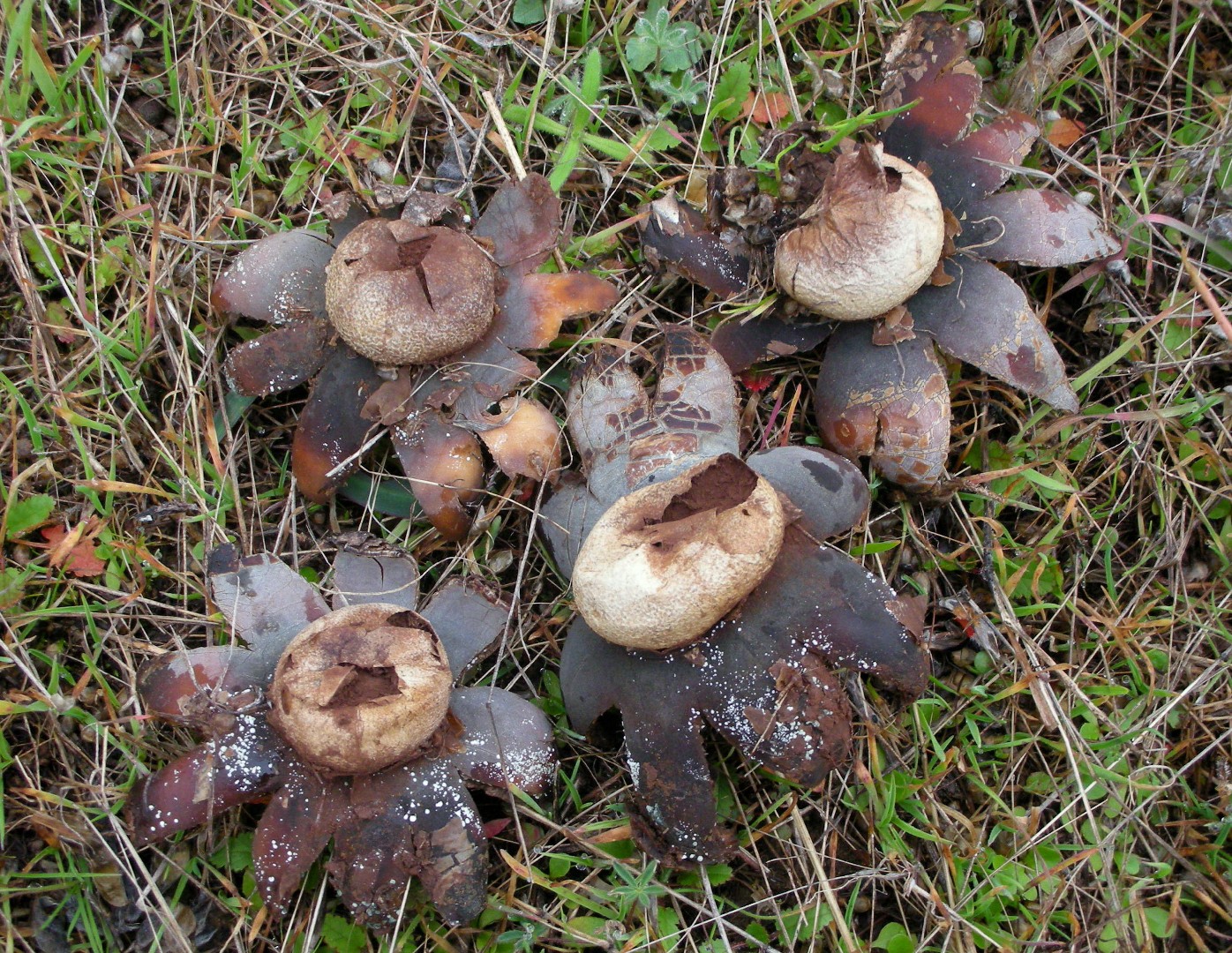Astraeus
Scientific name: Astraeus
Astraeus
Scientific name: Astraeus
 Photo By Jennifer Rycenga , used under CC-BY-4.0 /Cropped and compressed from original
Photo By Jennifer Rycenga , used under CC-BY-4.0 /Cropped and compressed from original Description
Astraeus are a unique group of fungi often called earthstars because of their star-shaped appearance after they mature. When young, they form a rounded ball, but as they age, the outer layer splits open into star-like rays, revealing a spore-filled sac. These fungi are often found in sandy soil, especially in pine forests, and are known for their intriguing ability to puff out clouds of spores when disturbed.
Species of Astraeus
Scientific Classification
Phylum
Club fungi Class
Mushroom-forming fungi Order
Boletes and allies Family
Diplocystaceae Genus
Astraeus 

